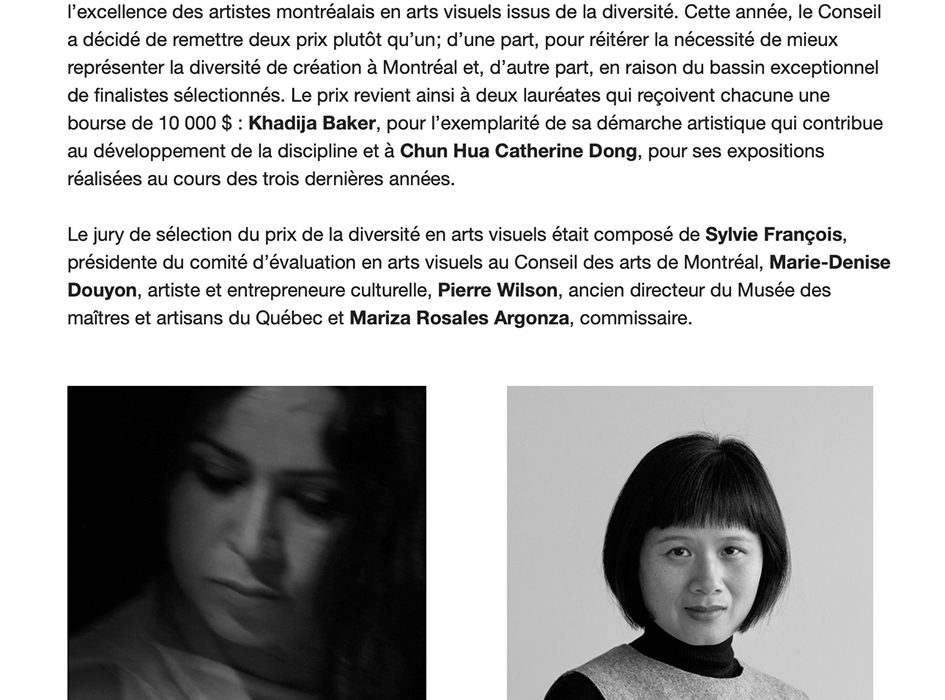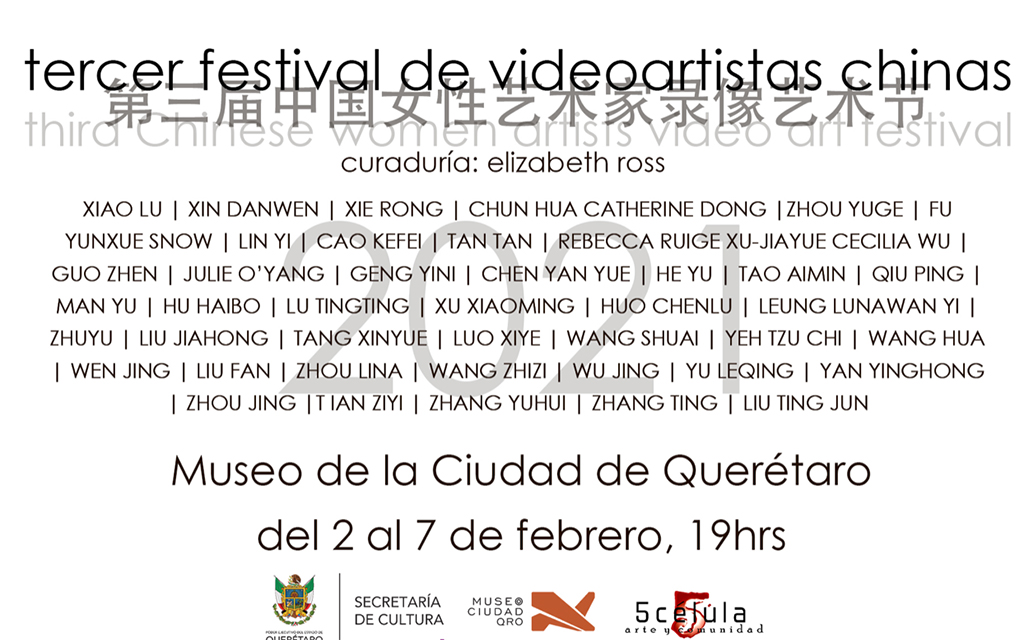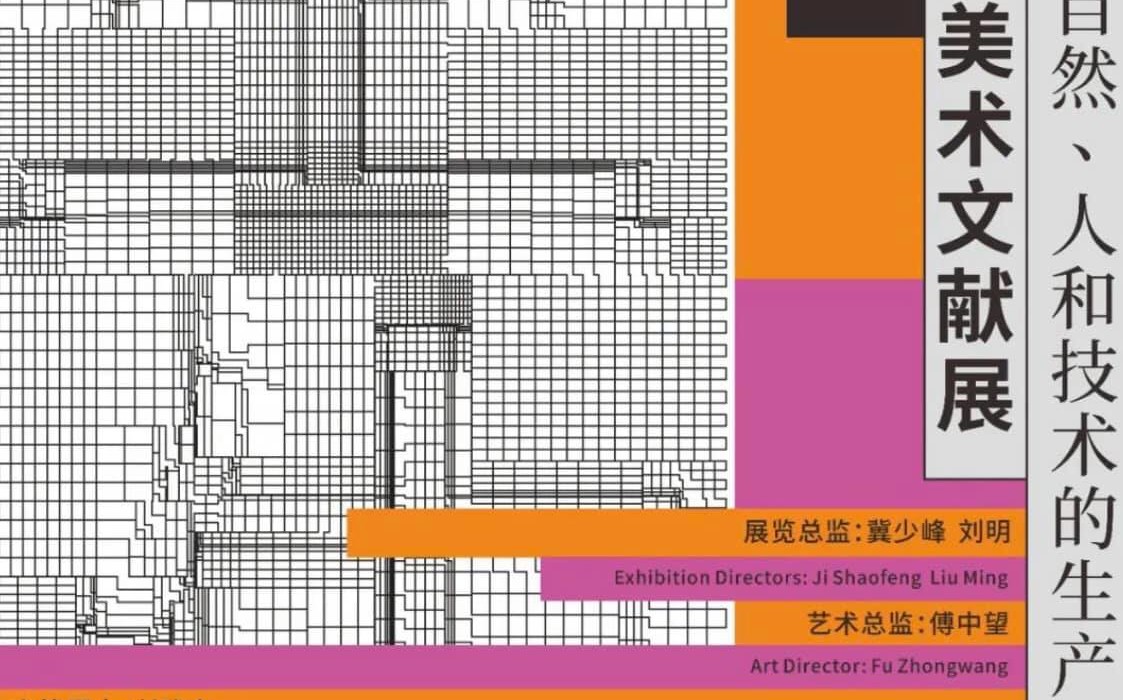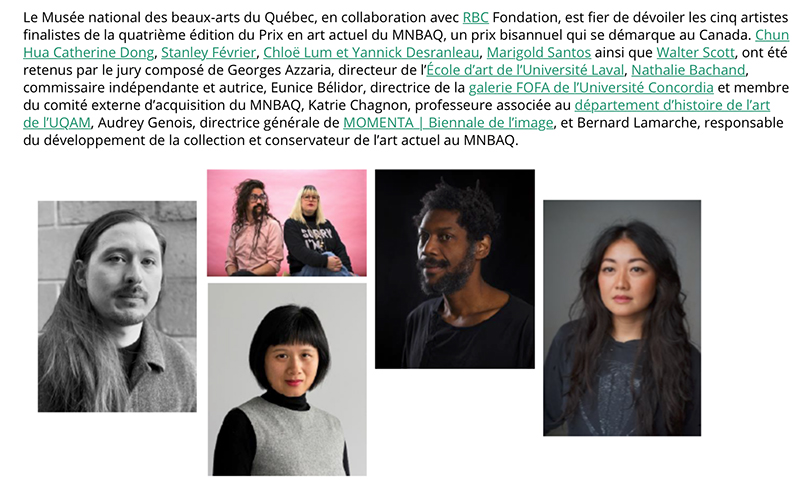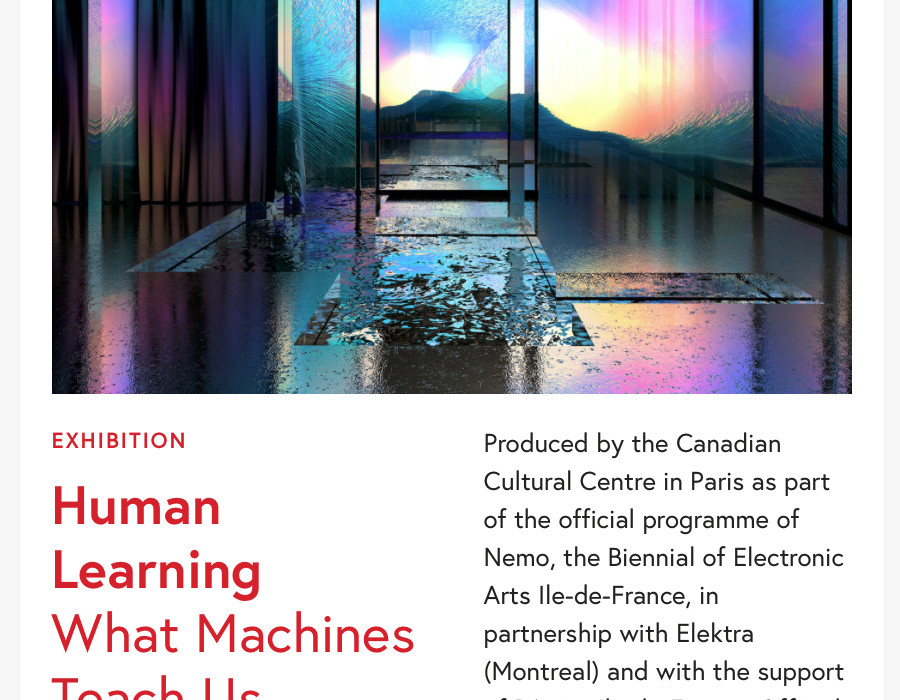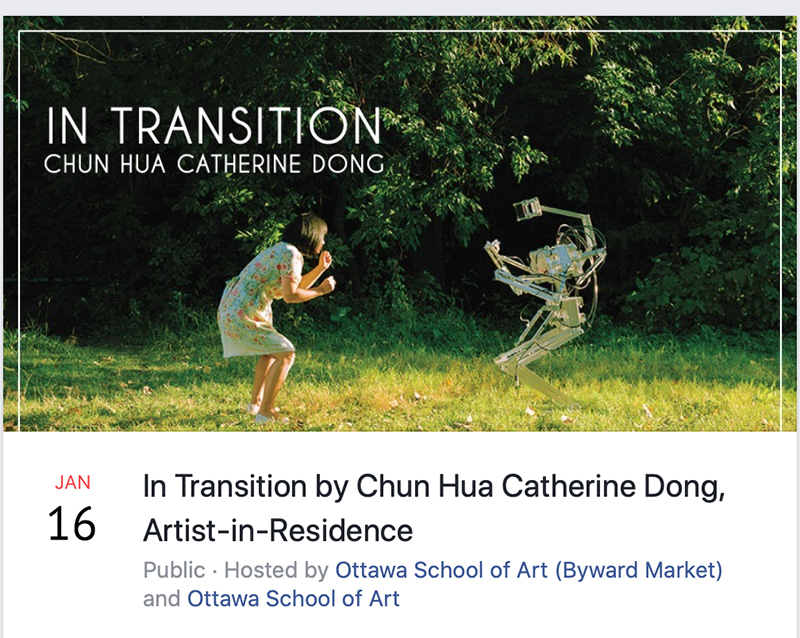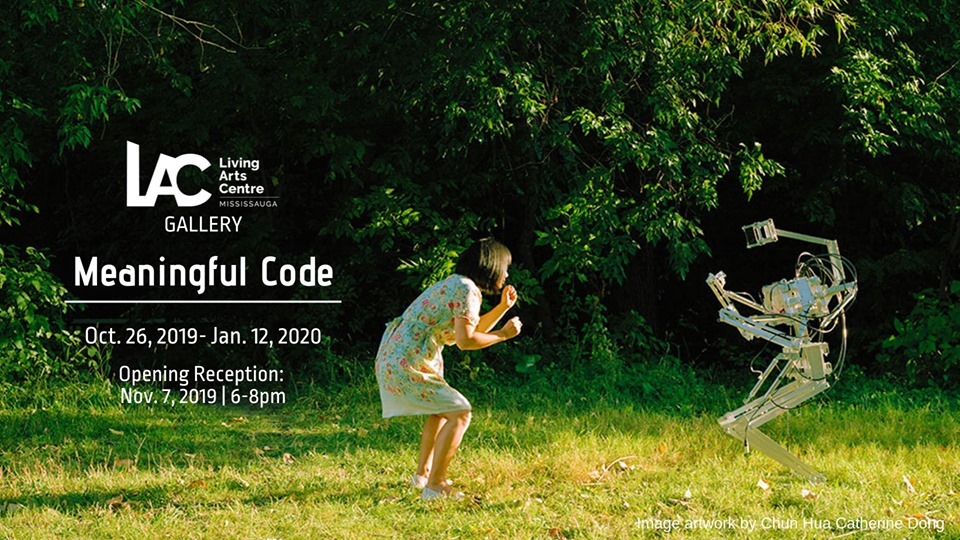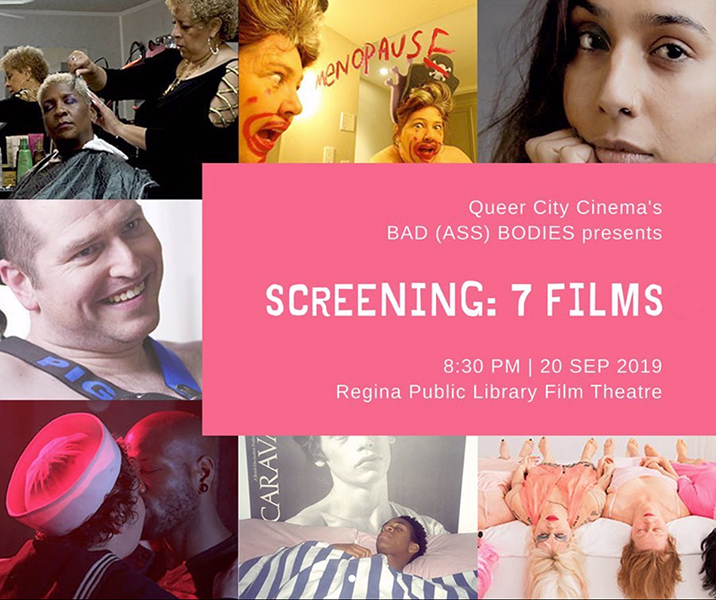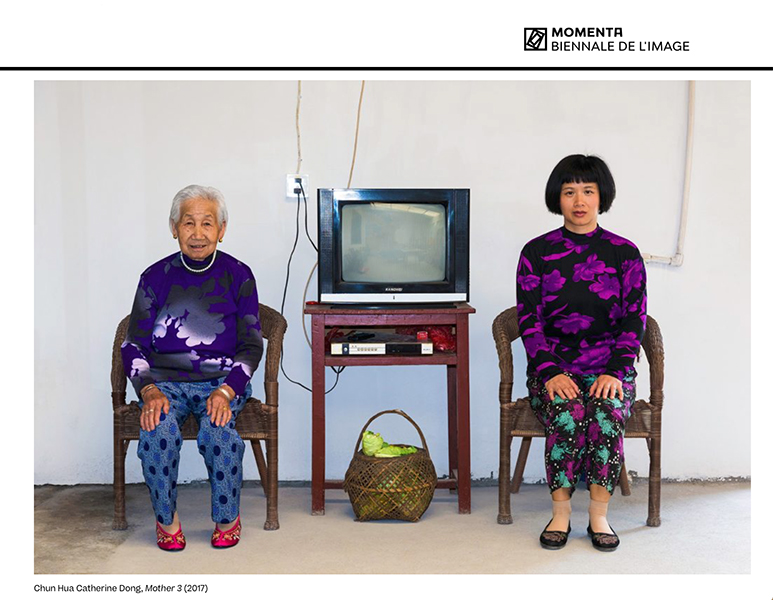Cultural Diversity Award in Visual Art
I am very pleased to announce that I am awarded the Cultural Diversity Award in Visual Art 2020, by The Conseil des arts de Montréal. Please visit here for more information.
Montréal, December 11, 2020 – The Conseil des arts de Montréal is pleased to announce the winners of the 2020 Cultural Diversity in Visual Arts Award. This award is given out in conjunction with the City of Montreal’s Prix d’excellence en arts visuels program, in partnership with the Contemporary Art Galleries Association (AGAC). Consisting of a $10,000 cash prize, the award goes to an artist from a diverse cultural community or a visible minority who is over the age of 40 and has more than five years of professional practice in Québec to their credit. The artist must have previously exhibited or participated in exhibitions in their country of origin, whether in Québec or outside the province. The award recognizes a visual arts approach or production presented in Montreal in the media of painting, sculpture, photography, drawing, etching or mixed media. It supports the strategic goals of the Conseil des arts de Montréal, for which an inclusive arts scene is a priority.

